Typically medieval representations, the so-called trays of Saint John the Baptist were generally made up of pieces of polychrome wood, terracotta, noble metals or papier-mâché.
Here, our tray is made of wood, with traces of polychromy and gilding. The initials "C.J" engraved on the back of the tray are posterior to the work. They must have been affixed later, by an owner or a collector.
As for the head, it has two original characteristics that distinguish it from the rest of the production of the severed heads of Saint John the Baptist. First, the saint has his eyes wide open and seems to be staring at the viewer, whereas he is usually depicted with his eyes half-closed, as if still expiring, or closed, as if already dead.
Secondly, his head is surmounted by a crown with chiseled geometric patterns, which also testify to the beautiful finish of the work. However, Saint John the Baptist is not generally represented with a crown, his usual attributes (the camel hair meloto, the cross and the lamb) making on the contrary rather a reference to his poor and simple life as an ascetic. The crown could here be an effective way of representing the preeminence of the one whom a liturgical hymn, sung during the feast of the Baptist's nativity, proclaims "summit and crown of the prophets". Indeed, Saint John the Baptist is invested by Christianity with an indisputable pre-eminence over the other saints.
Finally, this set of Saint Jean-Baptiste in disco belongs to a production of objects halfway between the history of art, religious history, and cultural anthropology. The striking aspect of this sculpture comes as much from its anchoring in a biblical story with narrative details capable of easily striking the imagination, as from the way in which the artist knew how to seize this story to create a work of originality. . Everything seems explicit in this representation: the severed head evokes in a way that could not be more direct and brutal the decapitation, and the straight and fixed gaze of the saint seems to have nothing to hide from us. Despite everything, this sculpture continues to give off a mysterious aura, which gives it all its strange charm.






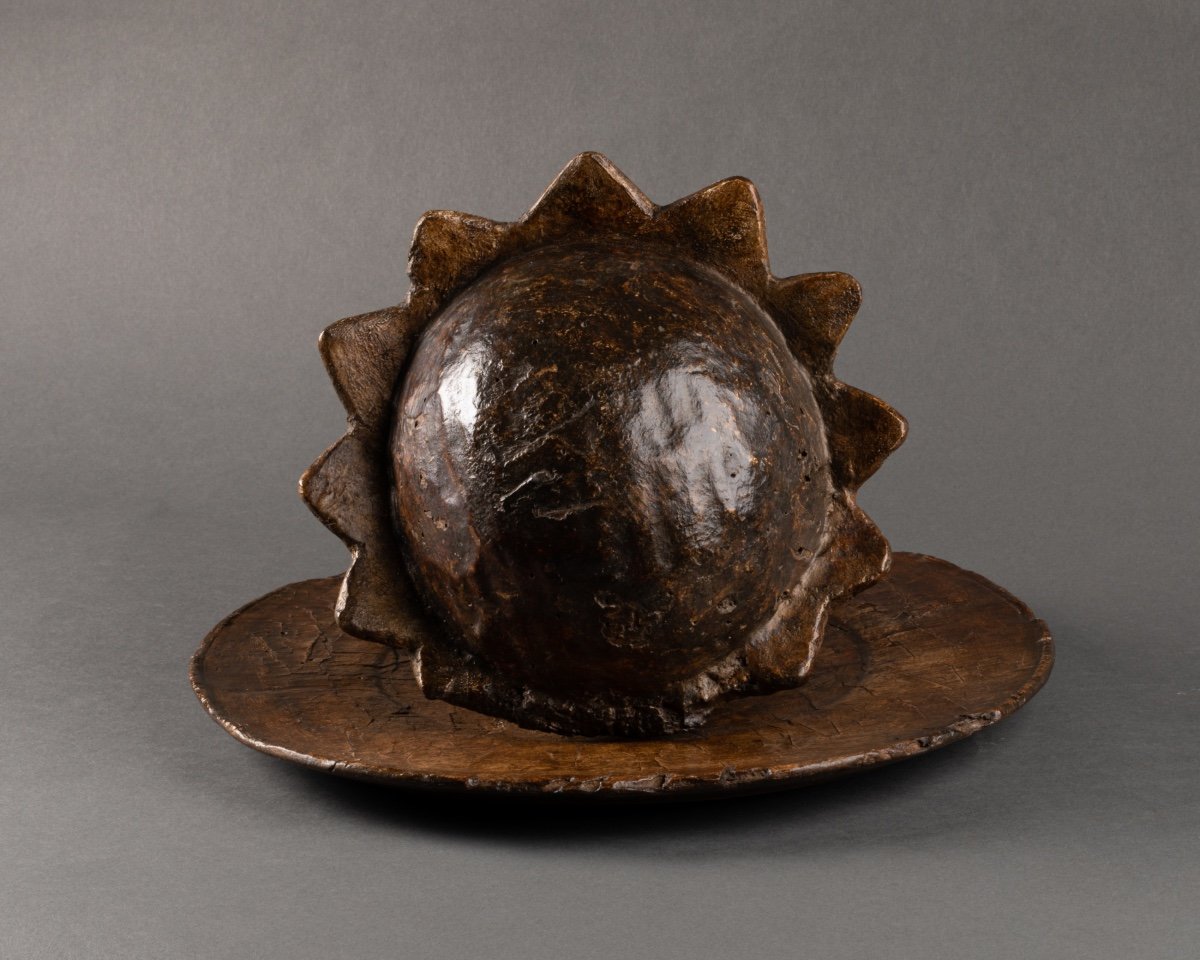







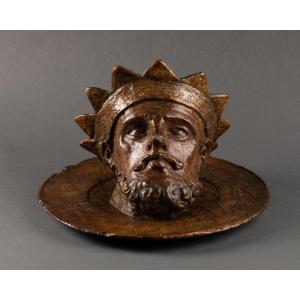












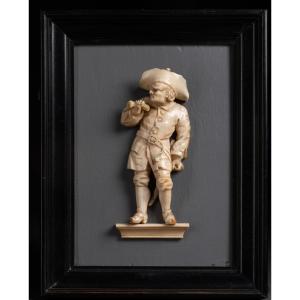



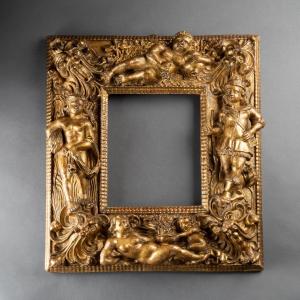
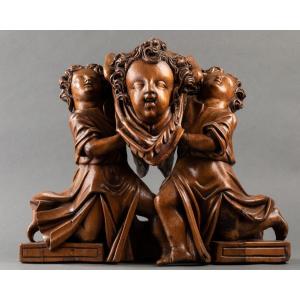
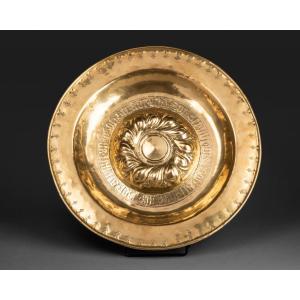
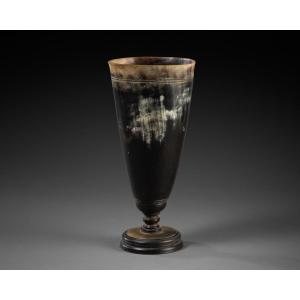


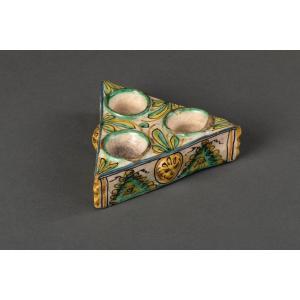

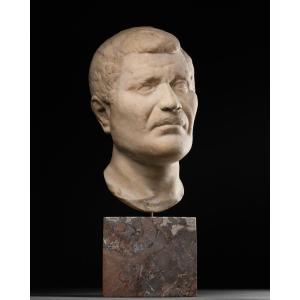



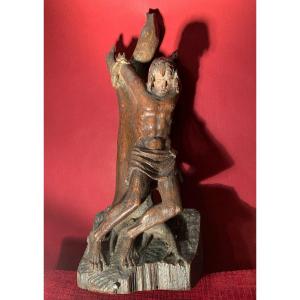

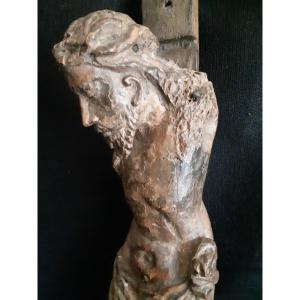
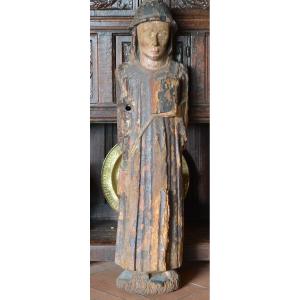



 Le Magazine de PROANTIC
Le Magazine de PROANTIC TRÉSORS Magazine
TRÉSORS Magazine Rivista Artiquariato
Rivista Artiquariato